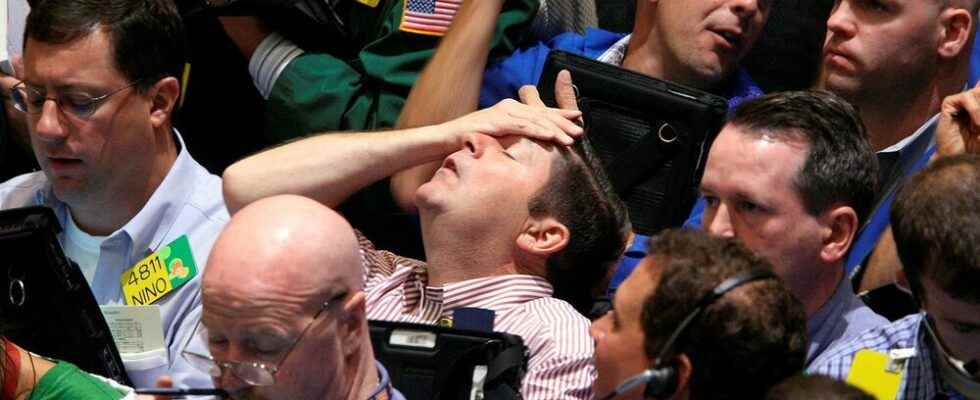In the fixed income market, the curves point to a real economic blow instead of the economic soft landing that leading central banks want. Short-term interest rates are currently higher than long-term ones – which is seen as a warning flag for recession.
It is about an interest rate chill, which hits hard on everything that is associated with risk. In the foreign exchange market, the krona plummets towards crisis levels during the pandemic spring of 2020, and in the crypto market, bitcoin falls to the lowest exchange rate in a year and a half.
The stock market is also taking a beating. The Stockholm Stock Exchange has lost a quarter of its value since the turn of the year. And to find a worse start to the year for the S&P 500 index, the broad index on Wall Street, one has to go back to 1962, states the Wall Street Journal.
What haunts is the unexpected high inflation, concerns about the effects of central banks’ planned rate hikes and the great uncertainty surrounding the Ukraine war and pandemic closures in China.
– The fixed income market is in a panic now, says Lars Söderfjell, share manager at the Bank of Åland.
In the short term, he thinks it’s just as good to get used to it.
– You probably need a couple of clear monthly figures for inflation that is going down. It may take a couple of months before the anxiety subsides, he says.
Next big question mark is Wednesday’s interest rate announcement from the US Federal Reserve (Fed). Expectations of rapid austerity have escalated after last week’s unexpectedly high inflation figures from the US.
– It is the interest rate and the central banks that have the development in their hands, says Mattias Persson, chief economist at Swedbank.
The Fed, led by Jerome Powell, has already raised the key interest rate by 75 basis points (0.75 percentage points) this year – most recently with a so-called double increase of 50 basis points in early May. Powell and his board have since flagged that there will be two more double raises, one on Wednesday this week and one more in July.
But after the unexpectedly high the inflation figure from may now the market expects a fourth double increase in september.
– Inflation must come down. The United States has a labor market that is very tight. The Fed has nothing to do but respond with strong monetary policy measures and tighten, says Persson.
How brutal it will be remains to be seen. In market pricing, the odds are 50-50 that the Fed will not be content with a double increase in July, but will increase by 75 points to overcome inflation. And in a year, the market expects a policy rate in the US of almost 4 percent – up from today’s 0.75-1.00 percent.
To ride out the storm, Söderfjell recommends cyclically stable shares in the portfolio, such as pharmaceuticals and medical technology. He also believes in the raw materials sector – not least metals, which are helped by electrification. And banks can do well when short-term interest rates rise.
– What we avoid today is retail, real estate and everything that has high “profit multiples”. There is a decline in value, says Söderfjell.
Next interest rate announcement from the Riksbank comes on June 30 and then Swedbank’s Mattias Persson and many with him expect that there may also be a Swedish double increase of 50 points to 0.75 percent.
Whether this goes so far will be decided, among other things, by the Swedish Inflation Report for May, on Tuesday – and by the next measurement of inflation expectations, on Wednesday.
– Tomorrow I think we will get an inflation that will be even higher, at 7 percent. In that sense, I find it difficult to see what the Riksbank benefits from waiting, says Mattias Persson.
– When the Fed goes forward with several 50-point increases, I think it will be contagious, both Sweden and Europe. It shows the way that you have to act forcefully, he adds.
